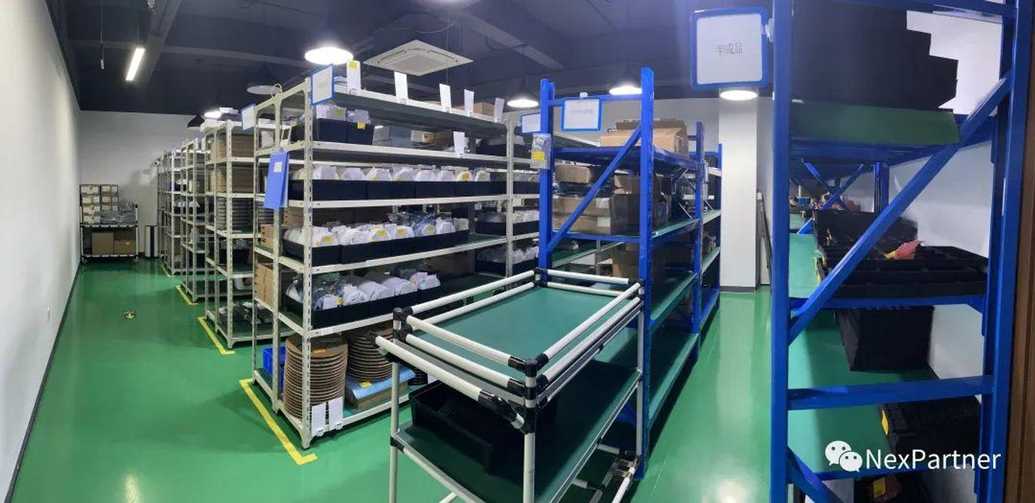Warehousing
What Is Warehousing?
Warehousing is the process of managing the storage and movement of materials in and out of a storage location.
A warehouse can be a building, a cave, a compartment, or any other suitable place. Its main purpose is to store and protect goods.
A warehouse also ensures that goods are in good condition before they are delivered for use.
Warehousing is a place that shows how things move in the factory. It helps connect production, supply, and sales, and makes things better. Warehousing stores things temporarily after they are made and before they are sold.
The need to store products arises as the supply chain condition always changes, we plan ahead to make sure we have things when we need them.
How Does Warehousing Works?
The process of warehousing involves preparing and rotating reports. It also involves:
Carrying out clear and accurate statements
Documenting accounts
Precise accounting information during any activities related to warehousing.
Warehousing integrates logistics, information flow, and document flow.
Traditional warehousing practices include warehousing, storage, and ex-warehouse activities of various materials and related facilities and equipment.
Modern warehousing includes warehouse processing, sorting, packaging, and other additional supplementary actions to enhance traditional warehousing practices.
Warehousing is an important link in production, manufacturing, and supply chain management, and also an important link in logistics activities.
A company's warehousing management involves planning, organizing, coordinating, and controlling warehousing facilities layout and design, as well as warehousing operations. Effective warehouse management can play a positive role in the supply chain.
Warehousing Factors
The main businesses of enterprise warehouse management, excerpted from the Professional Knowledge and Practice of Business Administration of Intermediate Economists, include:
- Warehousing facility layout and design
- Warehousing operations planning and management
- Inventory management
- Quality management
- Safety management
- Information management
- Cost management
Effective warehouse management requires various factors, including warehousing personnel, storage site, water and electricity costs, as well as working capital for inventory materials.
To improve the company's capital turnover rate and capital utilization rate, it is important to plan inventory quantity properly.
However, inaccurate inventory data, inconsistent accounts, or material cards can lead to quality problems such as expired or slow-moving inventory, which directly affects the company's interests.
NexPCB's Warehousing Strategy
NexPCB manages our warehouse based on the modern warehousing standards:
- We focus on safety by providing proper ventilation, controlled moisture, and temperature.
- A uniform system is used for accounting, material management, and record-keeping, with operations following a set process.
- All inventory materials are qualified products and are managed according to the "first in, first out" (FIFO) principle.
- Materials are categorized and stored in different warehouses, managed by personnel assigned to specific regions. Special materials with anti-static vacuum packaging and those with high temperature and humidity sensitivity requirements are given special attention.
- Regular inventory counts and analyses are conducted, including disposal of expired materials.

Why should we manage our warehouse?
It is important to use and maintain the value of products to improve economic efficiency. This helps to speed up capital turnover, save costs, and reduce logistics costs, which are all necessary for the smooth progress of social reproduction.
What are the risks of not doing well in warehousing?
Inaccurate inventory data can lead to inconsistencies between the monitored accounts and the actual situation, as well as inconsistencies with the material card. This, in turn, can result in quality issues such as stagnant or expired inventory, which directly affects the company's values.
